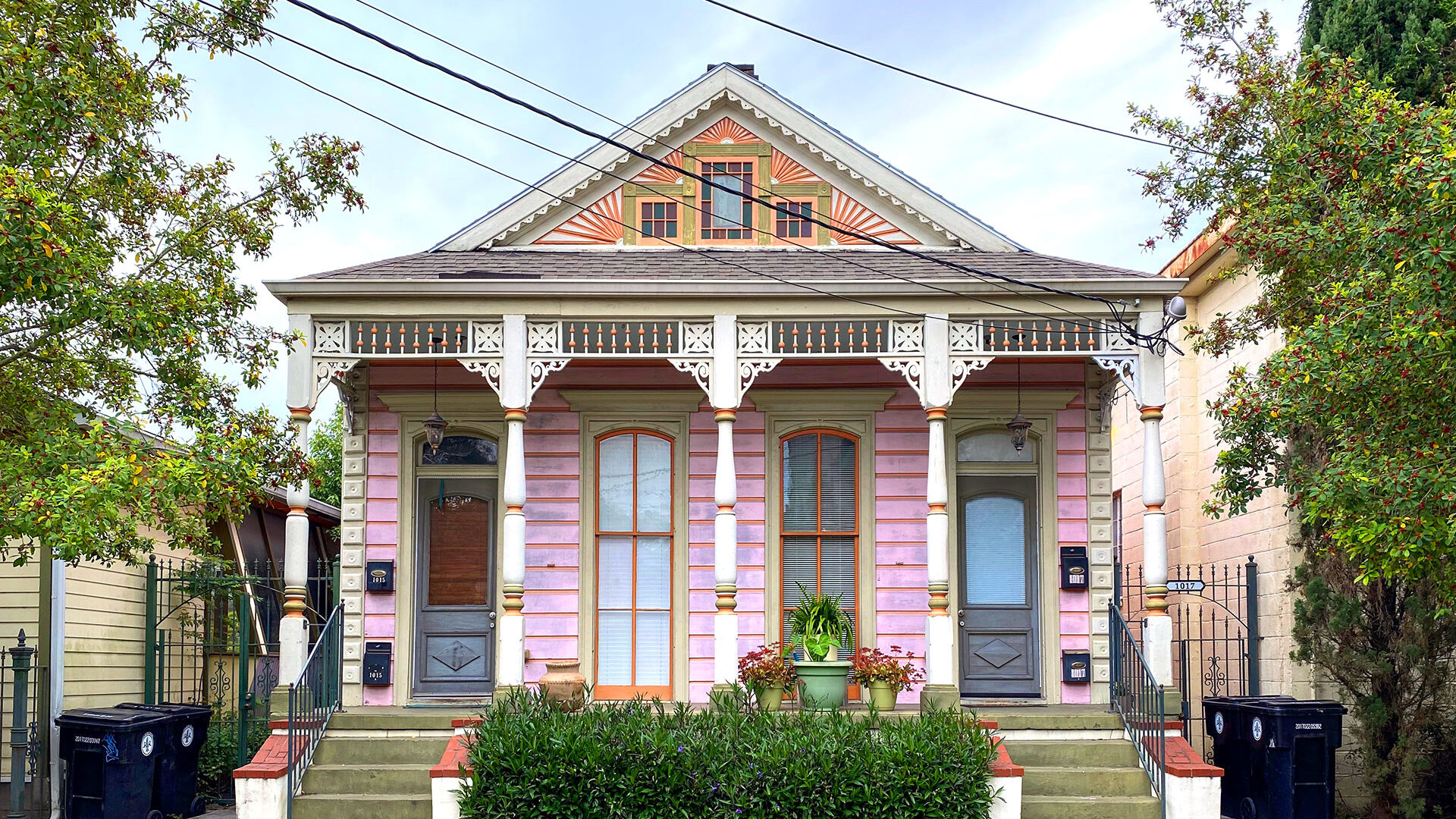The most common adversaries of older buildings are moisture and water infiltration, but excessive exposure to wind, sunlight, temperature variations, insects, rodents, vegetation and mold can all cause damage. Regular inspection and timely upkeep will help preserve original building materials and architectural details.
New or old, all building materials will deteriorate over time. Implementing a regular preventative maintenance schedule to best take care of your property is strongly encouraged. See below for a brief guide and checklist. We recommend doing visual inspections of these areas once a year.
Roofs & Gutters
- Regularly inspect the roof for signs of deterioration or moisture infiltration. Immediately replace missing or deteriorated roof tiles, shingles and flashing. Watch for signs of water infiltration on interior ceilings and attic spaces.
- Remove built-up leaves and debris from gutters and downspouts to ensure proper drainage away from the building. Do not allow water to puddle or disperse at the foundation of a building.
Exterior Woodwork
- Review condition of exterior woodwork, including wood siding, shingles, trim, fascia, porch elements, windows and doors, and check for deteriorated finishes, open joints between materials and signs of rot or termite damage. Even the smallest opening or unpainted surface can allow moisture penetration and rot that may lead to a termite infestation.
- Remove any mold, algae or mildew from wood surfaces using the gentlest means possible and address the cause of moisture retention.
- Keep woodwork protected with a properly applied solid paint finish. Reapply, as needed, when paint begins to peel and chip.
- Use environmentally friendly cleaning products that are compatible with historic finishes and sustainable products and treatments, such as low-level toxic emission or VOC-free paints.



